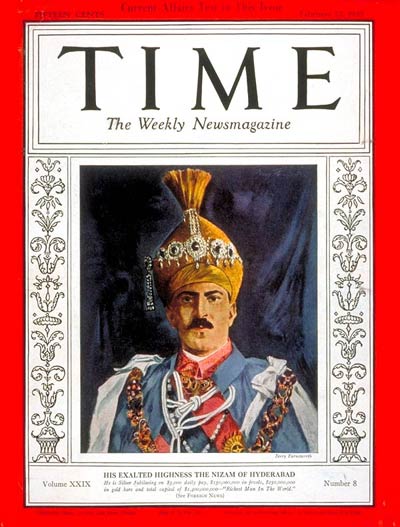These words are from a joint statement, released on 31 October 2017, by ‘Lutheran World Federation’ and the ‘Pontifical Council for Promoting Christian Unity’ on the conclusion of the year of the common commemoration of the Reformation.
The official press release from the Vatican is here.
I found these words of ‘ecumenism’ – a principle of promoting unity among the world’s churches – appropriate and timely.
While there are many theologians who do not see the possibility of complete ecumenism - because a fully-agreeable common church doctrine seems unlikely - it is heartening to see that this joint statement also has the words: “It has become clear that what we have in common is far more than that which still divides us”.
To understand the division, we must go back 500 years.
It was on 31 October 1517 that an Augustine monk Martin Luther, apparently, nailed 95 theses on the church door of Wittenberg Castle in Germany.
His protest was against the church’s sale of indulgences – somewhat like certificates of God’s forgiveness - and against the corruption in his Roman Catholic Church.
The influence of pope, the church’s head, during that time was so powerful and so far-reaching, that almost all the European kings were under papal authority.
And, therefore, calling the pope and his administration wrong was akin to an unpardonable sin. And needless to say, the church soon declared Martin Luther a “heretic”.
That is why Luther had to keep on hiding and running from persecution. But, from various hideouts, he was able to translate the Bible into readable German. It had earlier been available only to the clergy; only in classical Latin.
But soon, along with the Bibles, Martin Luther’s theological teachings were also mass printed and circulated – thanks to a wonderful new invention, called the printing press, invented 60 years earlier, by another German called Gutenberg.
Unlike the prevalent church doctrine then, Luther’s Protestant Reformation movement was based on five solae.
The Salvation of humans according to the Protestants was ‘Sola Fide’ (by faith alone), Sola Scriptura (by scripture alone), Solus Cristus (through Christ alone), Sola Gratia (by grace alone) and Soli Deo Gloria (Glory to God alone).
The Catholic Church too restructured and reformed itself, by revisiting its core belief system, in what became termed as 'Counter-Reformation'.
The new religious awakening into the understanding of the scriptures - with Bibles being mass-printed and circulated by Protestants, resulted in problems too.
The differences in its interpretation resulted in the formation of numerous Protestant denominations. And there was huge political power mongering too.
A case in point is the British History of that time.
King Henry VIII was unable to secure an annulment of his first marriage. So, reformation theology came handy in his rejection of papal authority, and in the formation of the Church of England in 1530s.
His two daughters, Queen Mary I and Queen Elizabeth I, from his first and second wives, had been bitter rivals. Mary was a Catholic. Elizabeth was a Protestant. They ruled England one after the other.
Queen Mary I executed scores of Protestant church leaders, earning for herself the gruesome title of ‘Bloody Mary’. And Queen Elizabeth I, when she came to power, took revenge by executing many Catholic Church leaders. Horrible times!
But, in 2017, we seem to be living in sensible times when the Roman Catholics and Protestants, despite having doctrinal differences, are willing to agree on the essentials.
We are living in sensible times when both divisions of the church are saying “This pilgrimage, sustained by our common prayer, worship, and ecumenical dialogue, has resulted in the removal of prejudices, the increase of mutual understanding and the identification of decisive theological agreements”.














